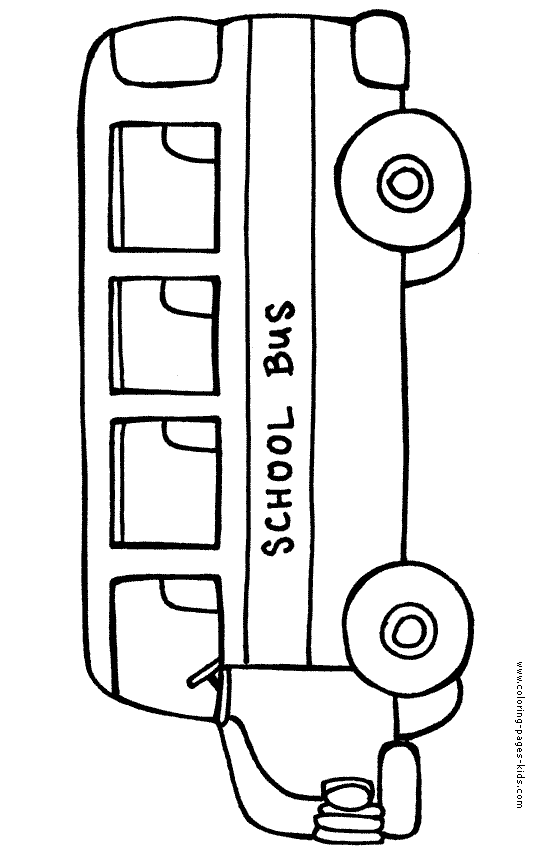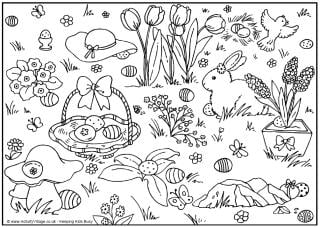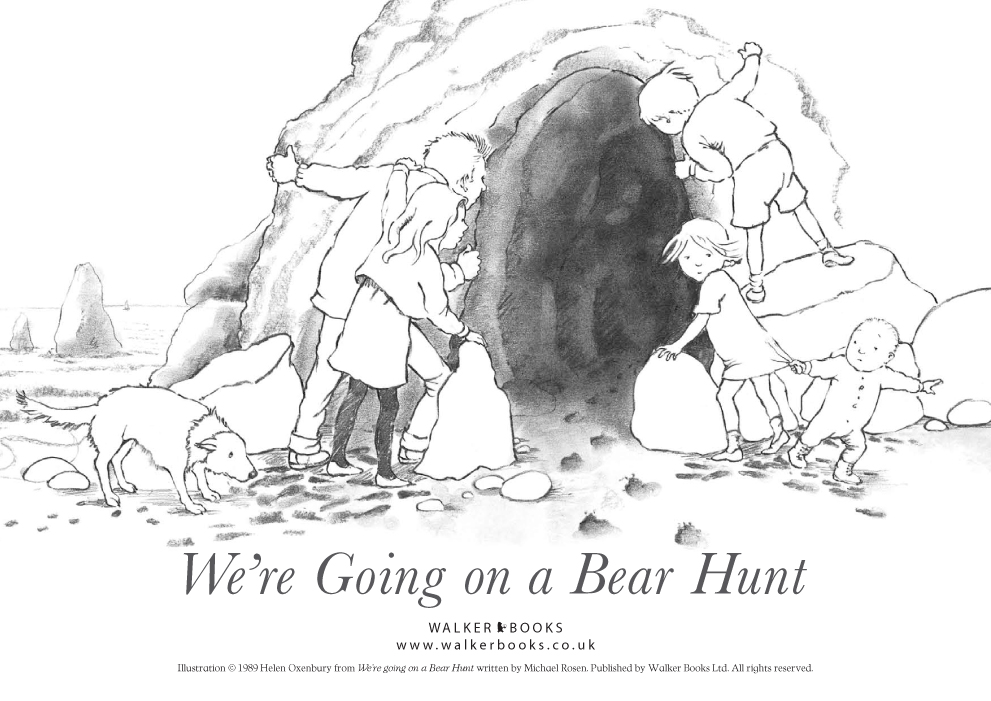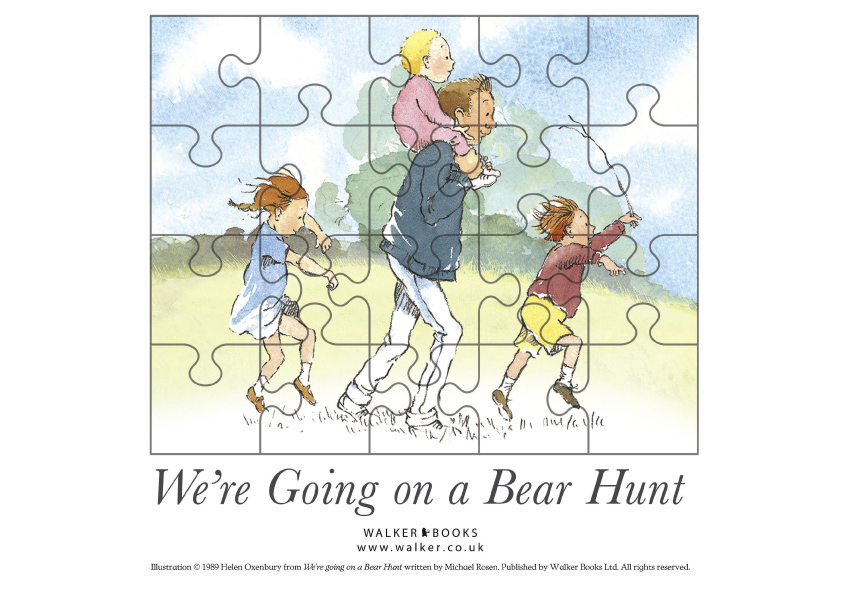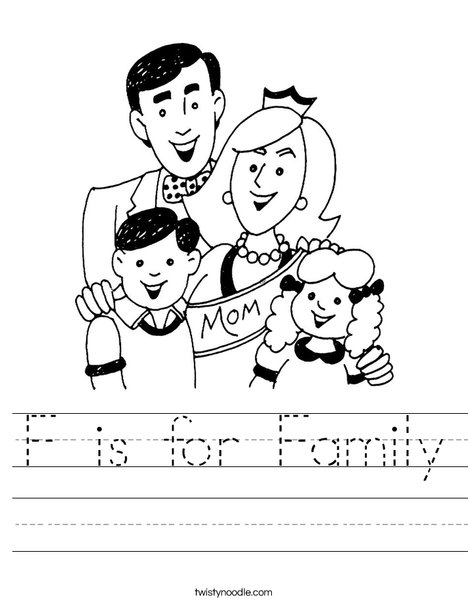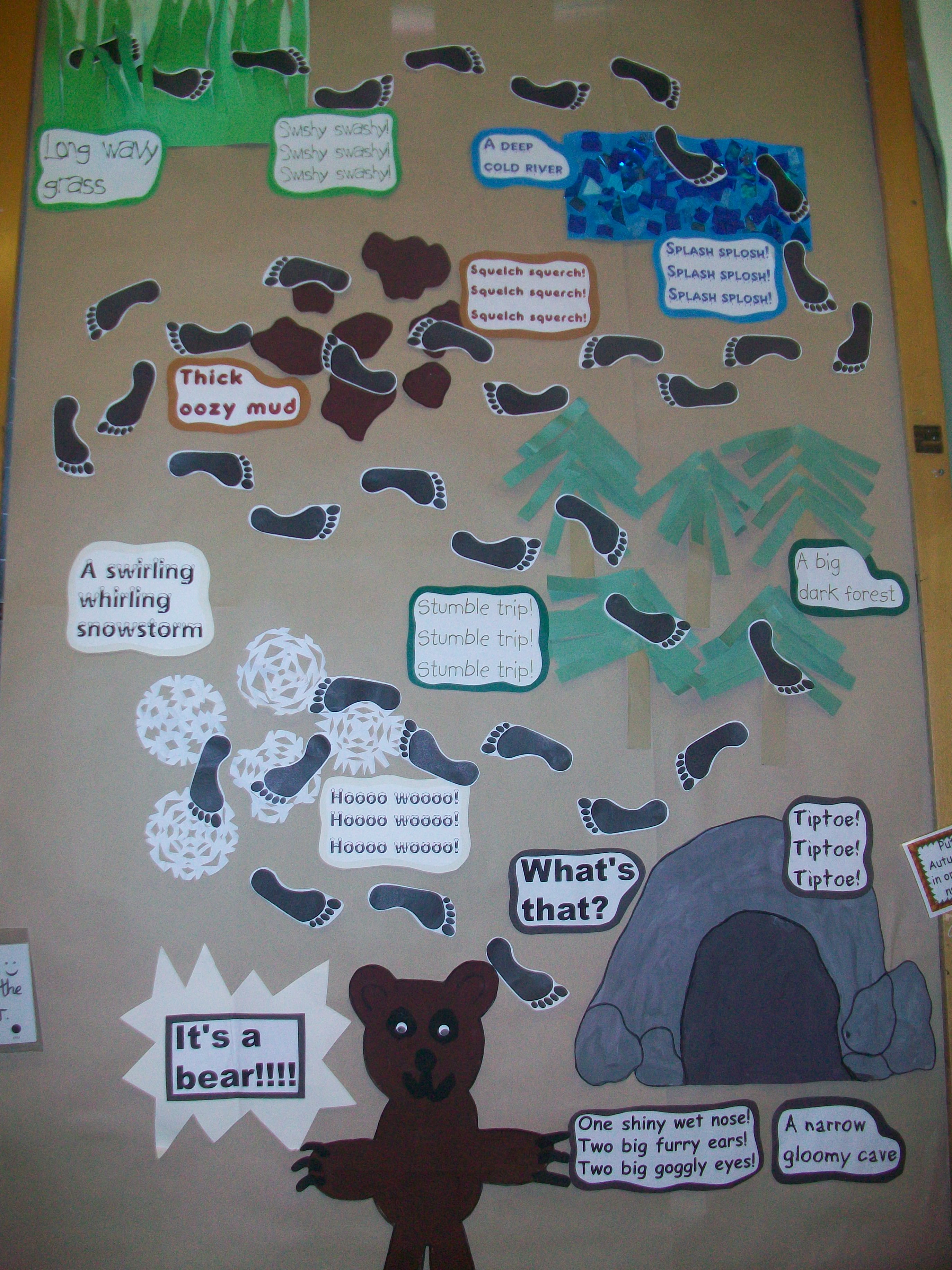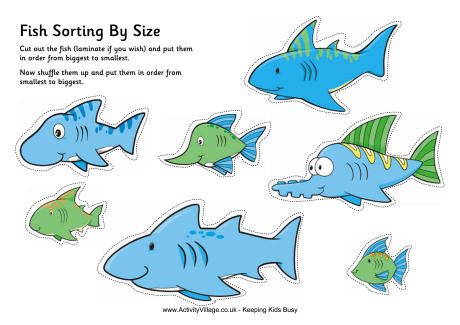Topic: Little Red Riding hood goes to granny's house via the forest, but stops to talk to a big bad wolf.
Age: I've been doing it with 3-7 without too much trouble (although the smaller ones couldn't quite get their tongues around Little Red Riding Hood).
Vocabulary: mummy, daddy - I swapped the hunter for daddy - granny, little red riding hood, forest, bed, cake, house, flowers, the big bad wolf. Also 'What big eyes you have' 'What big ears you have' and 'What big teeth you have' along with 'All the better to see/hear/eat you with!
Procedure:
- Sing your hello song like a little girl and a big bad wolf!
- Drill the character flashcards. In subsequent lessons you can drill the other important words). I like to accompany the characters with their own action so I can use it to elicit them while I tell the story. Little Red Riding Hood takes a lot of drilling so try drilling it backwards. (Hood. Riding Hood. Red Riding Hood. Little Red Riding Hood). The littlest students are probably not going to manage the whole phrase.
- Now start telling the story, pointing to the pictures and miming all mimable words. I changed the words to make it simpler, you can find them below...
- "Once upon a time, there was a small girl and her name was Little Red Riding Hood. She lived in a house next to a big forest. On the other side of the forest in a small house lived Granny. But in the big big forest lived a big bad wolf. One day Mummy says 'Little Red Riding Hood will you take some cake to granny?' 'OK' says Little Red Riding Hood. 'But remember' says mummy, PLEASE don't stop in the forest and PLEASE don't talk to the Big Bad Wolf (BBW).' 'Ok says Little Red Riding Hood (LRRH)."
- "LRRH is walking in the forest when she meets the BBW. (deep voice) Hello LRRH! (high voice) Hello! How are you? - (deep) I'm fine thank you. Where are you going LRRH? -(high) I'm going to granny's house.
- The wolf has an idea. "Why don't you pick some flowers for granny?" "That's a good idea," says LRRH, so she stops and picks a big bunch of flowers, and the wolf runs really fast to granny's house.
- deep voice - "Knock knock knock. Hello!" "LRRH?" Thinks granny. "No! It's the BBW!" And granny hides under the bed.
- The wolf comes in. 'Hello? Hello? There's nobody here! He has a plan. He puts on granny's hat. He puts on granny's coat and he gets into granny's bed and waits for LRRH.
- "Knock knock knock! Hello Hello!" - "Come in!" - "Oh Granny! What big eyes you have!" - "All the better to see you with my dear" - "Oh granny, what big ears you have!" - "All the better to hear you with my dear" - "Oh granny! What big teeth you have!" - "All the better to EAT you with my dear!" And the wolf jumps up but the hat falls down over his eyes (I can't see any thing!) and granny says 'Quick! LRRH come under the bed!"
- Here comes daddy! He runs into the house. He sees the BBW and.... SWISH! He kills the wolf. But where's LRRH and where's granny? Here they are! Under the bed! They say 'Thank you daddy!'. And they eat the cake. Daddy says, "LRRH remember! PLEASE don't stop in the forest and PLEASE don't talk a BBW!"
- Now you've told the story you can do an activity... like colouring the characters the right colours.
 | |
| This one is good as it has the letters to colour as well. |
- Then it's back to circle time for a last flashcard game like Say Yes!! when you see....and the video.
Extensions:
Heads Shoulders Knees and Toes is a good song for teaching parts of the face. You can sing it getting faster and faster, or you can sing it and clap in the place of a new word each time. I changed mouth for teeth, just to help with the story's vocabulary.
 |
| Word tracing here |
 | ||
| And something like this (I made my own) for teaching the face. |
| Finger Puppet crafts for those of you with time and resources! |


